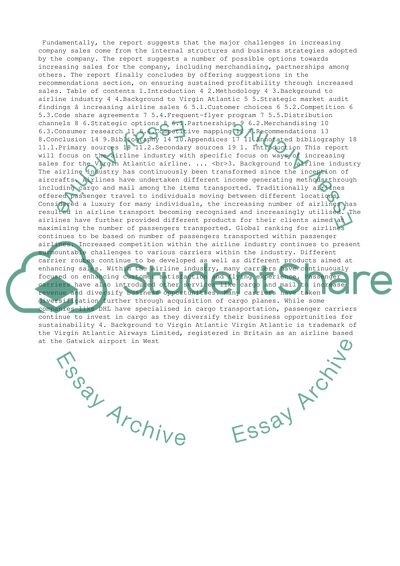Cite this document
(“INCREASING AIRLINE SALES THE CASE OF VIRGIN ATLANTIC Assignment”, n.d.)
Retrieved from https://studentshare.org/management/1498431-increasing-airline-sales-the-case-of-virgin-atlantic
Retrieved from https://studentshare.org/management/1498431-increasing-airline-sales-the-case-of-virgin-atlantic
(INCREASING AIRLINE SALES THE CASE OF VIRGIN ATLANTIC Assignment)
https://studentshare.org/management/1498431-increasing-airline-sales-the-case-of-virgin-atlantic.
https://studentshare.org/management/1498431-increasing-airline-sales-the-case-of-virgin-atlantic.
“INCREASING AIRLINE SALES THE CASE OF VIRGIN ATLANTIC Assignment”, n.d. https://studentshare.org/management/1498431-increasing-airline-sales-the-case-of-virgin-atlantic.


